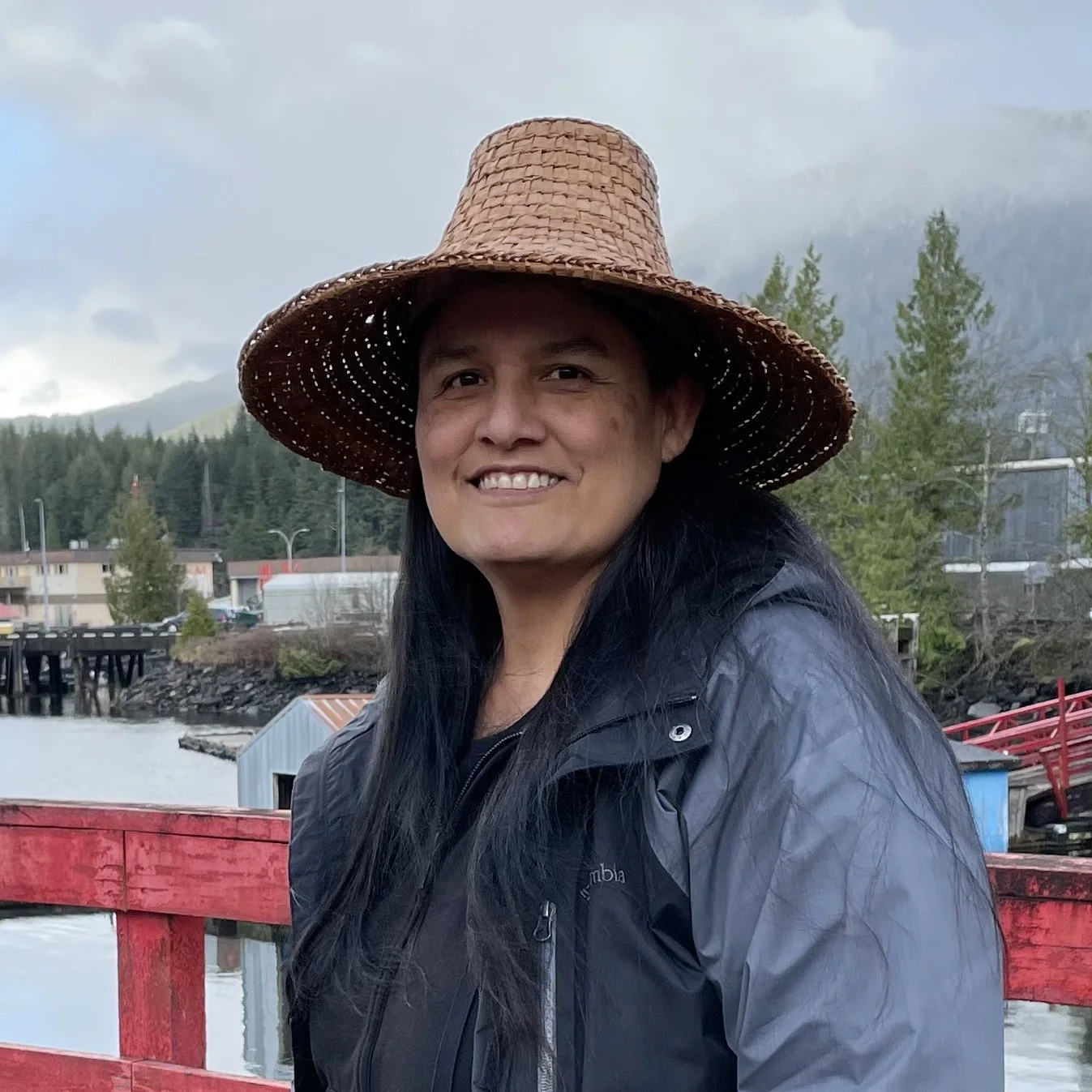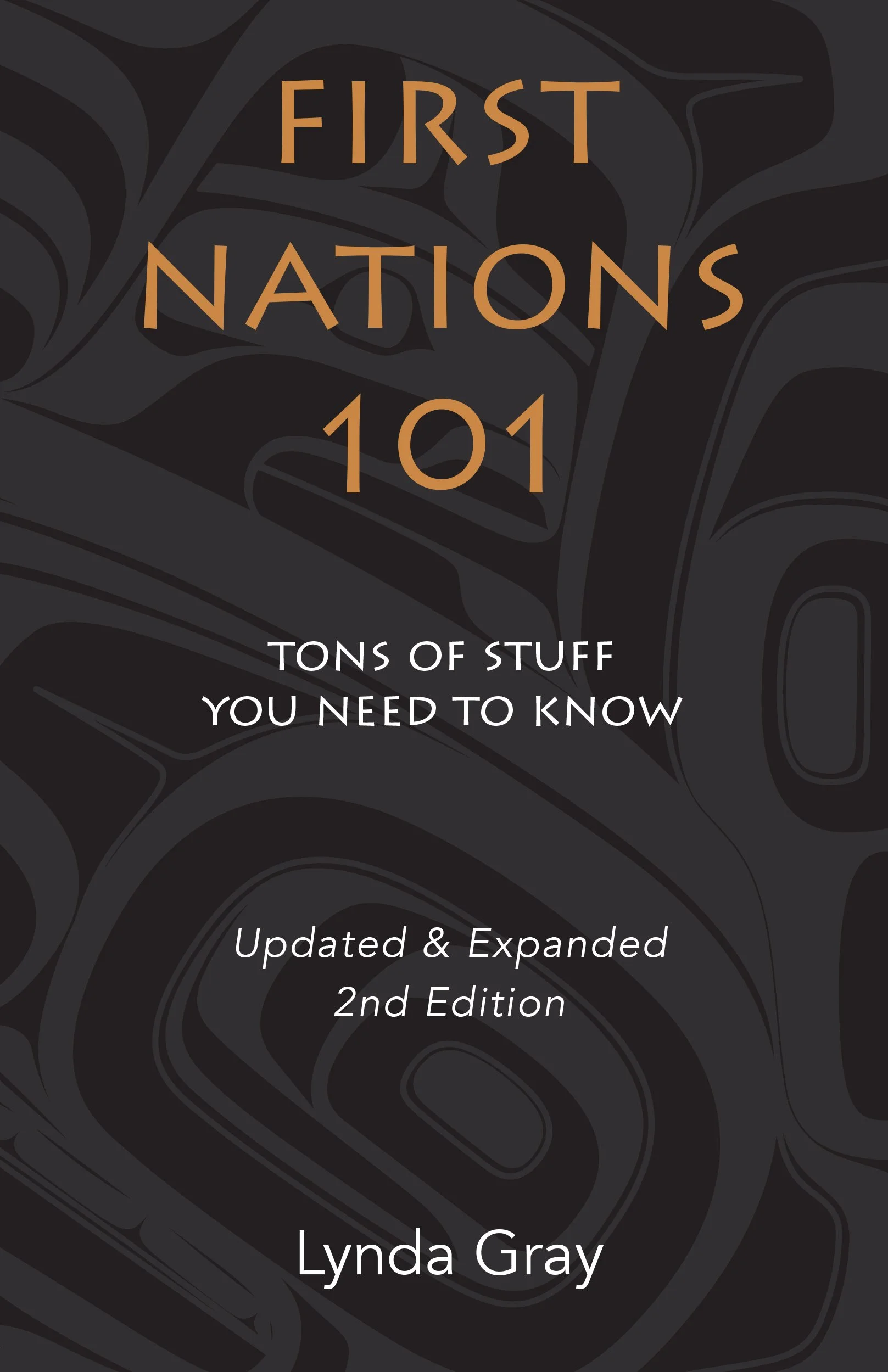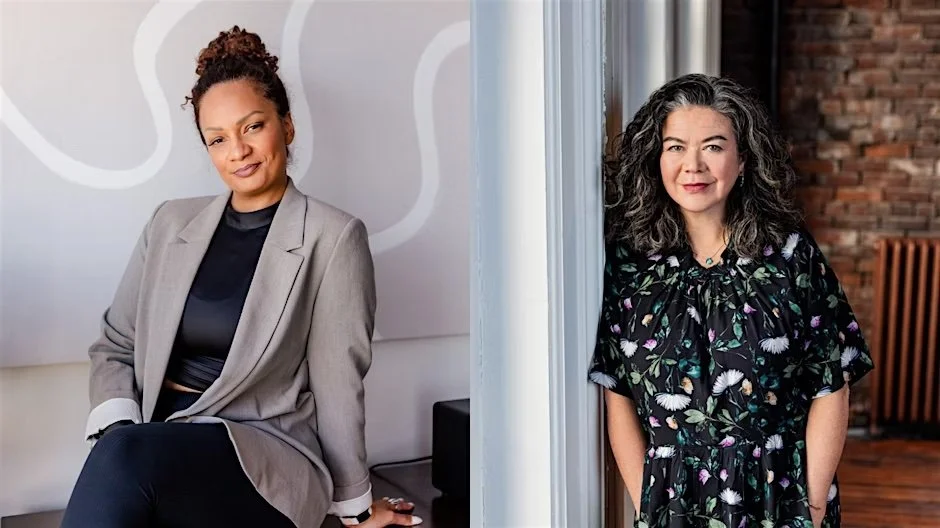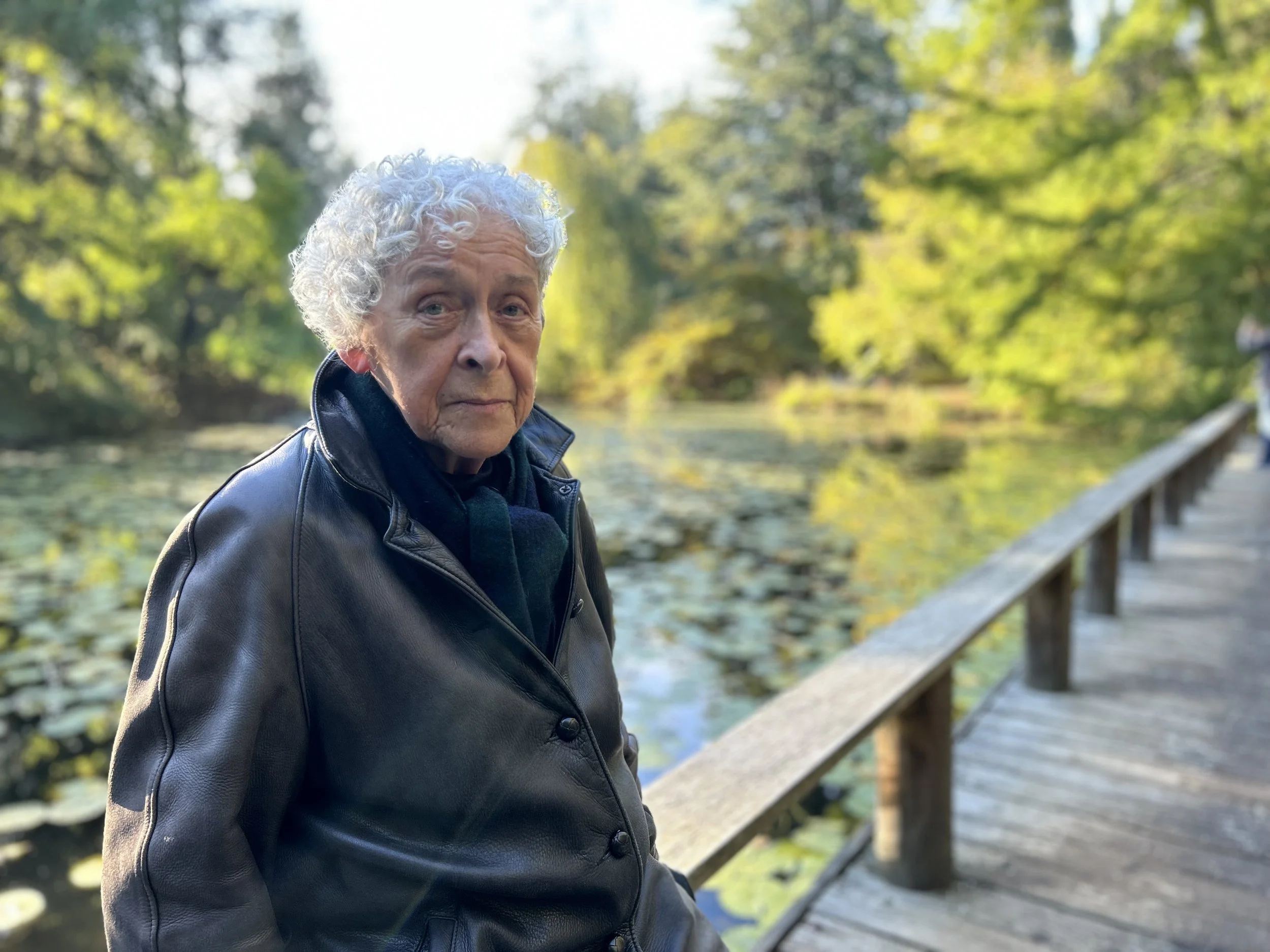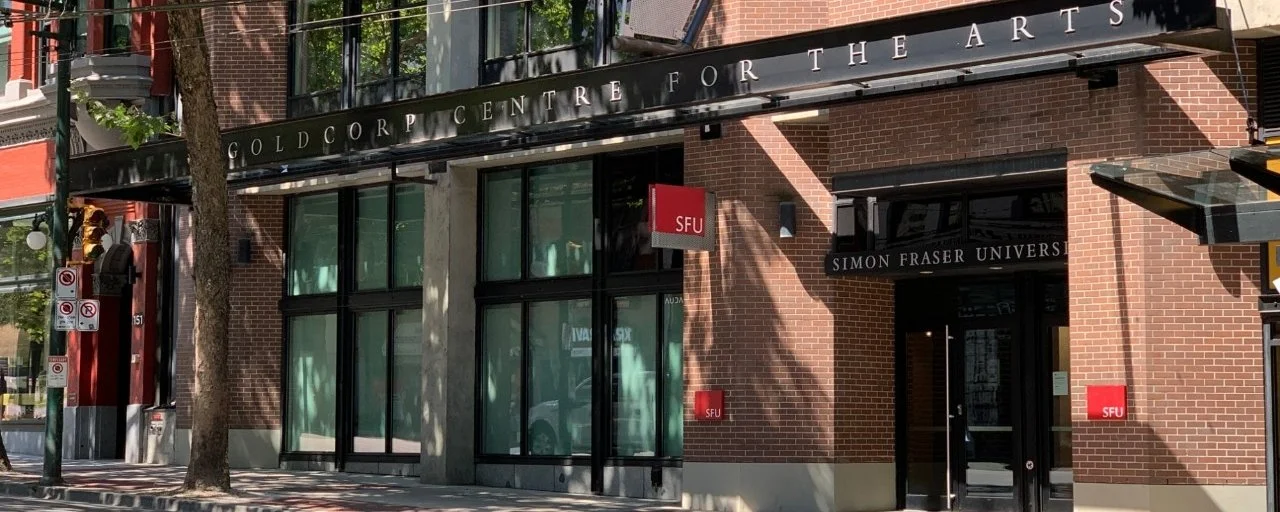Ts'msyen Nation's Lynda Gray propels reconciliation forward with First Nations 101
The East Vancouver resident delves into topics ranging from reproductive health to being an ally in newly updated book
Lynda Gray.
WHEN LYNDA GRAY, a member of the Ts'msyen (Tsimshian) Nation from Lax Kw’alaams on B.C.’s northwest coast, wrote First Nations 101 in 2011, she felt there was an immense need to foster a greater understanding of Indigenous people and culture across present-day Canada. The book was one of few sources of information focused on the vast range of issues affecting Indigenous communities from coast to coast to coast. Much has happened since, with the Truth and Reconciliation Commission issuing its final report in 2015; the National Inquiry into Missing and Murdered Indigenous Women and Girls launching in 2016; and, more recently, the discovery of unmarked graves of children who were forced to go to residential schools, as communities continue to search for remains. And yet there remains a widespread lack of public and private response to so many pressing issues.
In response, Gray was inspired to revise and expand her initial publication, a national bestseller. The second edition of First Nations 101: Tons of Stuff You Need to Know (Adaawx Publishing) is now available, just in time for National Indigenous History Month (June).
“After the Truth and Reconciliation report 2015, I have really noticed that not much has happened,” Gray says in a phone interview with Stir from a book-tour stop on Vancouver Island. “There’s the Indigenous Watchdog and the Yellowhead Institute, but very little has actually been done by governments and businesses. The only way we’re going to move toward reconciliation is if we as individuals, as businesses and organizations, really start to really do our part.
“This is my contribution toward reconciliation,” she adds. “Every time I do public talks, I hear from people who say they’re angry they didn’t learn any of this in school. That’s very, very frustrating. I also want to help Indigenous people become our former proud, healthy selves.”
Born in Prince Rupert, Gray has called East Vancouver home since she was a child. She and her two grown children learned about their Ts'msyen culture and community from their participation in the Lax Kxeen Ts'msyen Dance Group and through attending traditional feasts in Lax Kw'alaams. With a bachelor’s degree in social work from UBC, Gray acted as executive director of the Urban Native Youth Association for eight years and currently serves on the National Indigenous Cultural Safety Advisory Circle.
Geared to Indigenous and non-Indigenous readers, the new First Nations 101 provides an accessible, comprehensive, and up-to-date overview of Canada’s true history and looks at the lasting impacts of colonization and residential schools, touching on so many urgent issues affecting Indigenous people and communities today. Of its 76 chapters, 16 are newly introduced, covering subjects such as loss of traditional parenting skills, “(mis)appropriation”, environmental concerns, water, sexual and reproductive health, economic development, family tree and genealogy research, and more.
Of particular significance is a section called How to Become a Great Ally. It features a list of recommended steps for those interested in taking concrete action.
“Every time I speak, I get asked questions like: ‘I want to volunteer but don’t know what to do. I’m shy or scared or embarrassed to go and try and volunteer with Indigenous folks.’ They don’t know if they will be welcomed or if they’ll do a faux-pas. So many places are underfunded and oversubscribed and need volunteers, but you can’t expect them to be the ones who are going to educate you on Indigenous issues. You need to make the effort to educate yourself.
“A lot of people think they can just call themselves an ally, but you have to become an ally through ongoing actions and support—support for what Indigenous people need and want, not what you think is best for them,” Gray says. My goal is to educate as many people as possible.”
Gray founded Adaawx Publishing to maintain complete autonomy over the book’s writing process. Adaawx is a Sm’algyax (Ts'msyen language) word that translates to “oral history” or “truth telling.” Her son, Northwest Coast Ts'msyen artist Phil Gray, created the cover design for First Nations 101, which features a 'neełx (killer whale) to represent the author and her children’s clan (Gisbutwada).
One dollar from each book sold will be donated to the Ts’msyen Revolution Fund, which Gray, her son, and daughter (socio-cultural anthropologist and Indigenous studies scholar Robin Gray) started in 2022. The fund will help support the revitalization of Ts’msyen language and culture in laxyuubm Ts’msyen (Ts’msyen territory). The book ($20) can be found at local bookstores, gallery and museum gift shops; an e-version is forthcoming.
Gray also regularly offers public speaking and workshops and has worked with groups ranging from Vancouver Opera to Coast Mountain College to the Anglican church. She hopes that her book will become part of school curricula focused on Indigenous culture and history. In her ongoing work toward reconciliation, Gray says she tries to focus on the positive, concentrating on building true community development and empowerment. She sees hope right in front of her every single day.
“I have such faith in our people, and especially our young people; they have so much potential as long as they’re given meaningful opportunities,” Gray says. “So much can happen in one generation. In my presentations I talk about how different it was for my grandmother and my mom and myself and now my grown-up daughter and son….I tried to be a good mom; nobody taught me that in my family. Each generation is getting stronger, and I have this unwavering belief in our people.”


